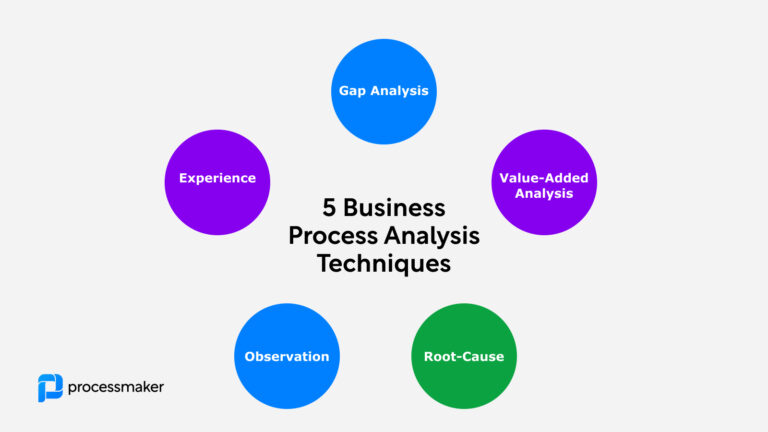There is a long list of variables that must be tracked in engineering change processes. The key to managing all of these variables is to properly manage the processes that control them. Business Process Management (BPM) software can play a significant role in production process management by simplifying and automating some aspects of the work traditionally completed by paper, excel, and emails.
Managing Human Roles in the Engineering Change Order Process
BPM is particularly effective in processes where there is a strict order of tasks that must be followed. When such processes rely on management via paper forms, email, or excel, gaps can occur. It can be difficult to track and understand if your process is working correctly with tasks being completed on time.
A second common issue in these processes is the complexity of tracking process-related data. Perhaps the process is about making a change to a transistor or a smelting machine, or a piece of highly resilient glass. The point is that it should be easy to report against particular variables (i.e. fields) in the process. Often, staff members enter this information manually into spreadsheets, which is time-consuming and prone to significant errors. Managing the sheer volume of data generated daily can be challenging once it is stored in a database, creating a situation that discourages analysis and reporting.
BPM Software Solutions
Through the use of quality BPM software solutions, engineering change order (ECO) workflows can be automated. When employees have completed their portion of the process, they route the process case to the next task. The system then alerts the individuals responsible for the next step so they can take action. BPM software ensures that tasks are completed in proper order. Processes flow smoothly and in sequence with minimal gaps, and process maps define exactly how your process should occur. There is no longer a need to supervise individual employees at a micro-level.
When BPM software manages processes, slow points can be identified and resolved using process drill-downs. Finding and correcting delays is simpler, and issues with employees skipping steps are minimized. There is no longer a need for employees to skip ahead since they don’t have to wait as long for the previous task to finish.
Create reports to provide insight and analysis about the process to understand the time it takes complete assigned tasks. Supervisors gain the ability to compare the amount of time per task, per individual, per shift, and other categories to uncover ways to reduce time and waste.
Automating Control
The quality of the finished product is critical to any company’s long-term success. BPM supports the effort to create consistently high-quality results. Quality control of the end product starts when production materials enter the warehouse. Leverage BPM to track the delivery time, expiration dates, time stored, amount, and quality – particularly when materials are perishable. Accurate tracking makes it possible to predict the exact amount of production materials required and keep turnaround time to a minimum.
Unfortunately, many businesses traditionally use manual methods of taking inventory, leading to disorganization. This makes it difficult to keep track of materials stored in the warehouse, especially if there are multiple components and multiple deliveries. After spoiled perishables reach the assembly line, they may not be noticed until the finished product reaches quality control.
When quality control is not regulated and managed in a systematic way, the safety net that protects customers from poor-quality products becomes ineffective. In addition, it is far more difficult to monitor the overall efficiency and function of the remaining tasks in the production process without the key information that a comprehensive quality control system provides.
Enhancing Process Efficiency and Quality Control Effectiveness Through BPM Software
Businesses that rely on BPM software for process management notice benefits right away. As soon as production materials enter the warehouse, the BPM software starts the inventory process. It calculates expiration dates and storage times, and it sends notifications when perishable materials are approaching the point where they will be unusable.
The BPM platform analyzes and exports easy-to-read reports of the data collected throughout the process. For example, reporting tools can graph the relationships between production material and output quality to find the cheapest materials that meet quality standards. This benefits the business by making production processes more flexible and cost-efficient.
Some organizations gather data with passive or active RFID tag reads through database connections using BPM software. This permits them to generate reports on anomalies and locate errors with product quality control. Once errors are located, workflow changes can be implemented instantly that address issues and optimize the process. BPM can also trigger an Engineering Change Order to initiate adjustments to machinery or design when necessary.
Finally, designing processes with BPM software makes complying with international quality standards like ISO 9001 easier. Many organizations discover that they more easily pass audit inspections when they use comprehensive process management systems.





